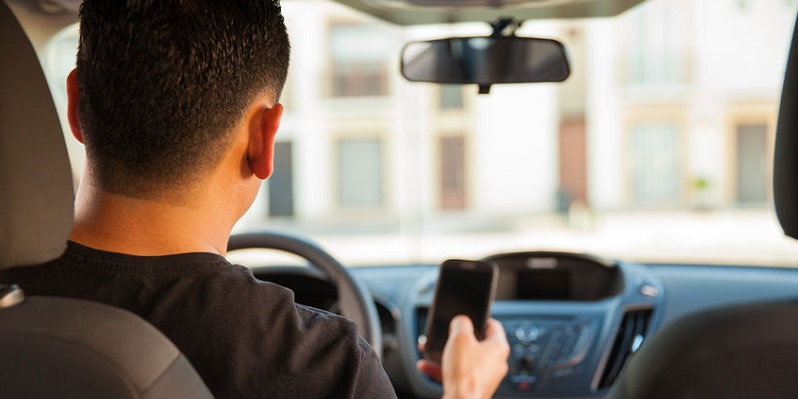94% of teenagers understand the consequences of texting and driving, but 35% of them say they do it anyway. Could driving simulators help curb these dangerous habits?
The National Highway Transportation Safety Administration lists distracted driving right next to drunk driving on its page of risky driving practices and there’s a reason why.
A person dies in a car accident due to intoxication every 53 minutes. According to the Centers for Disease Control and Prevention, more than eight people a day are killed in accidents reportedly involving a distracted driver.
It’s clear: Distracted driving kills. Sadly, every year, thousands of people disregard the message and end up in fatal car accidents. So how can you bring the point home to drivers, especially younger ones, that when you get behind the wheel, you need to be sober and focused on the road ahead? One way is to get them involved in something they are very familiar with: interactive games.
Driving Simulators
Schools have been turning to something kids today understand, that is, hands-on, interactive games and devices that simulate what it’s like to drive drunk, distracted, or otherwise impaired. There are a number of simulators available, and some are being used in schools to give young drivers an up-close-and-personal look at what happens when you give less than your full attention to the road. A few are:
- UNITE, a health and wellness organization, has a program called UNITE Arrive Alive that uses a simulated car with a computer-animated program to demonstrate various distractions encountered while driving. In addition, UNITE has special goggles that students wear while driving that show what it looks like if you are intoxicated or distracted from texting.
- Drive Square Simulation System™ is a driving simulator that lets someone drive in a virtual space while operating the controls of an actual vehicle. A car is driven and locked onto a set of turntables, and sensors are clipped onto the vehicle’s pedals. Using virtual reality goggles, the driver gets a 360-degree, panoramic, 3D view of a road. The software receives data from the wheels and pedals of the vehicle to grade the driver’s reaction to situations including driving intoxicated or while texting.
- Ford has developed a Drunk Driving Suit for use in its Driving Skills for Life Program. The suit is designed to show how impaired you are when driving under the influence. Its combination of strategically placed weights and heavy padding reduce mobility in the arms and legs. There also are vision-distorting goggles and headphones that reduce awareness. The driver experiences changes in coordination and awareness, which slow reaction times and make it more difficult to control the vehicle.
- A system by Doron Precision Systems, Inc., presents drivers with distractions that can lead to dangerous situations. The Doron 550, contained in a 30-foot mobile classroom, uses a ‘car’ and three 42-inch screens that provide a 180-degree view. Its controls provide haptic feedback, creating motion and forces that make driving it seem real.
Technological Distractions
Simulators are excellent tools to show first-hand why it’s important to be totally focused on the road while driving. Distracted driving is a huge issue that seems to get worse as technology advances, especially for younger drivers.
For instance, research has shown that 94% of teenagers understand the consequences of texting and driving, but 35% of them say they do it anyway. Those developing today’s high-tech simulation systems say their goal is to let drivers experience the consequences of their decisions — without harming themselves or others.

